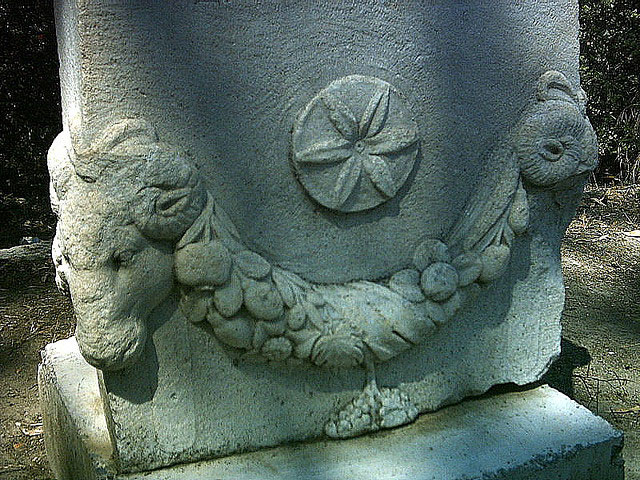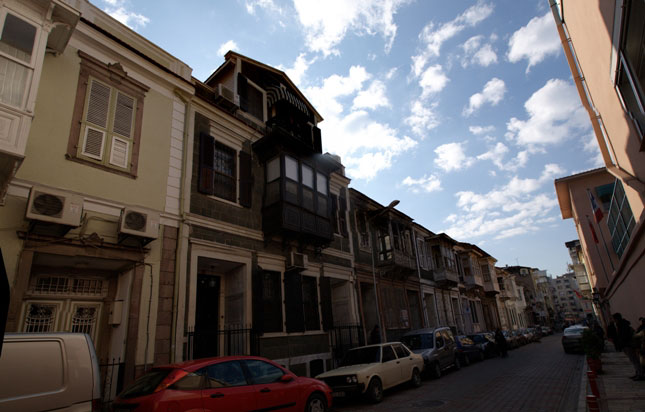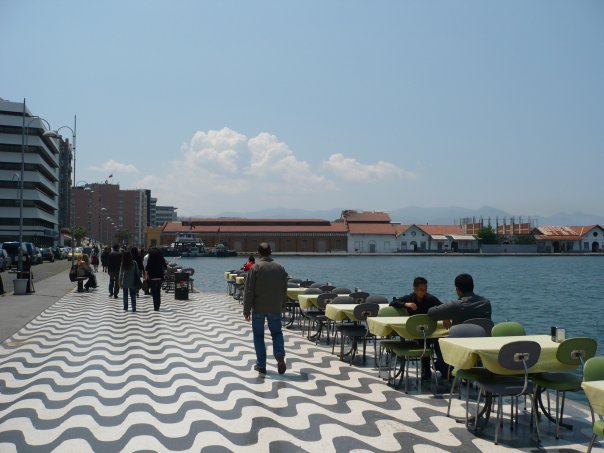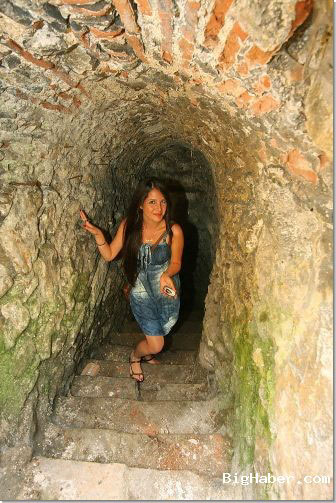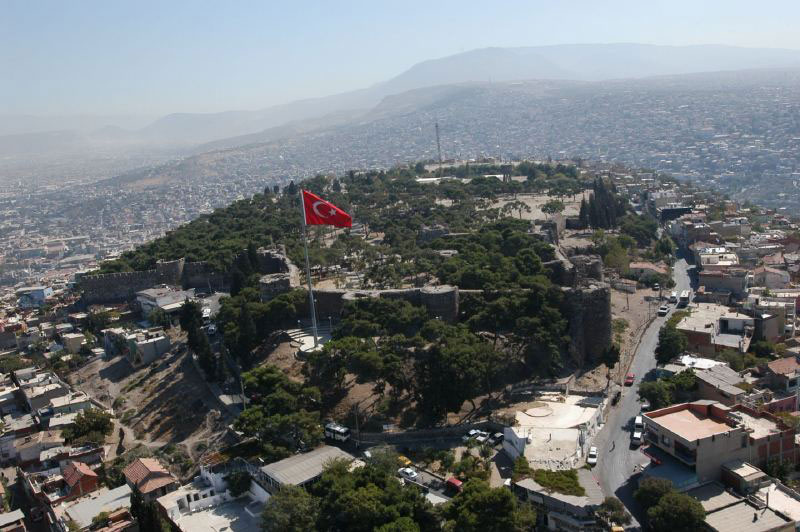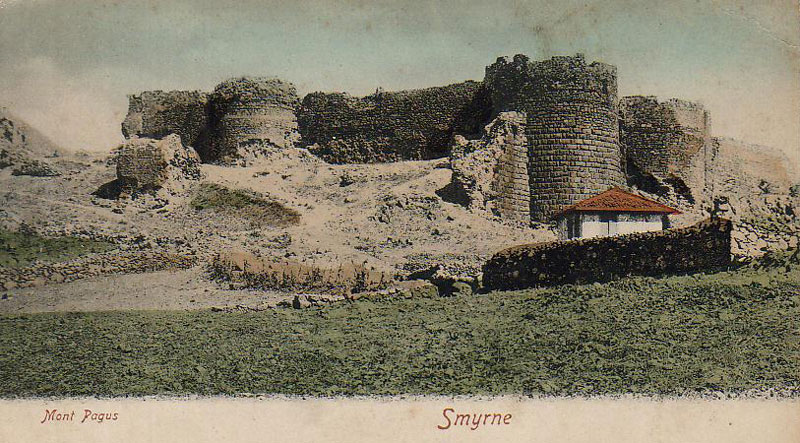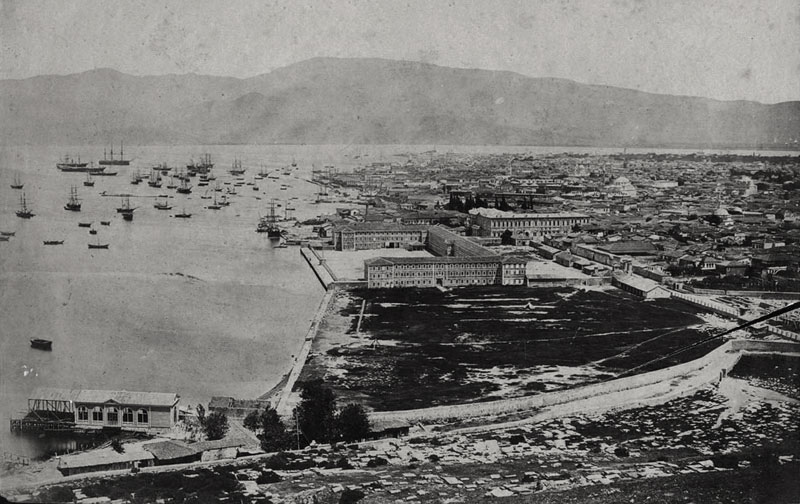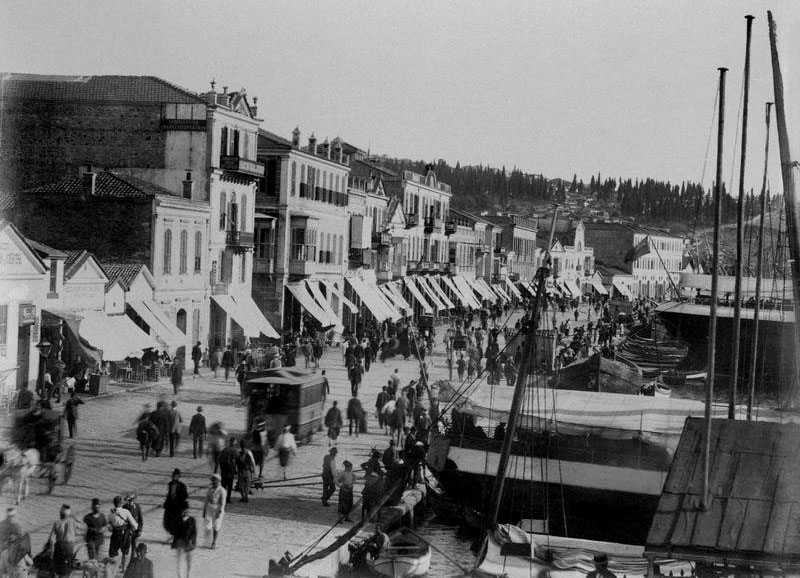|
The levantive heritage of Izmir: Past and the future, Alex Baltazzi, 2012
The Levantive heritage of Izmir, the old Smyrna has in the past few years gained much merit in this city. Undoubtedly we are grateful to the Izmir city Authorities, the Municipality and institutions such as the Izmir Chamber of Commerce and for the Levantine Symposium held in 2010 and the Universities for their various efforts to preserve this heritage with restorations of buildings and adequate publications.
We also owe of course a lot to our Levantine Heritage volunteers who with our site and their personal efforts have contributed a lot to keep this question alive.
It is important also to insist on maintaining the momentum for the future of these heritage projects for them to be realized without delay. Restorations of villas of a certain importance such as the Patterson House of Bornova or the Forbes of Şirinyer/Boudja are also urgent tasks before the elements take their full toll. Other worthy projects on the drawing board of municipalities are the two floor cumbali houses of Alsancak and elsewhere and not forgetting the built fabric of historical importance in the wider region. Restoration of Mount Pagos (Kadifekale) with the adjacent Stadium area where St. Polycarp the Saint Protector of Smyrna has been martyred are also welcome projects for the future, for now, still on drawing board, but promising developments are afoot, including the partial demolition of shanty building in the lower slopes of this iconic hill for the city.
We in the tourism sector since 1990 have been campaigning for a Mega Archaeological Museum catering for the Izmir Metropolis, housing the treasures of the Aegean Region where some of the greatest excavations of the country have taken place. The authorities have recently suggested that a section of this envisaged enlarged museum be dedicated to the Levantine Heritage of the city, with old views, documents, publications etc. and with the help of modern technology indication the location of former buildings, churches, quarters etc. set against the actual present-day topography of Izmir.
Lastly an idea has been expressed in a recent conference for the Kordon-Quais which put forward the suggestion that in time as the current buildings / apartments of the Quais decay with time, they could be replaced by two storied houses as per the ancient eclectic style of houses that existed here in the past.
We must all be vigilant, to collect as much as possible information from the past, to place this in an accessible manner in the public domain by publications, recollections and all other means to elaborate ideas and projects and all find ways to preserve and enrich this Levantine Heritage and its memory.
Example of one of the exhibits at the Izmir archaeological museum.
Example of some of the old houses of Alsancak.
Izmir Kordon.
The recently discovered ancient tunnel linking Agora with Mount Pagus.
Aerial view of Mount Pagus [Kadifekale], with its ancient fort.
Archive view of Mount Pagus.
Smyrna in late 19th century, looking from the Konak end.
The shorefront looking back towards Konak.
|
